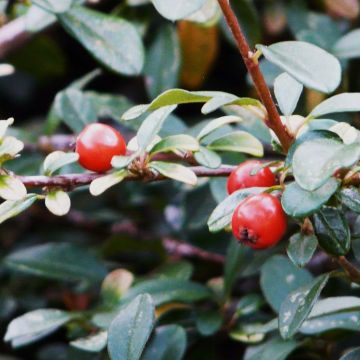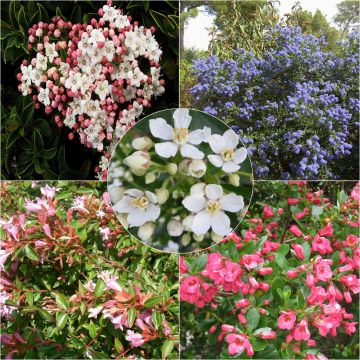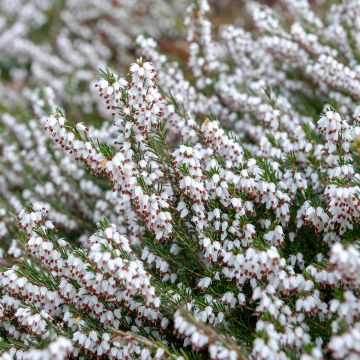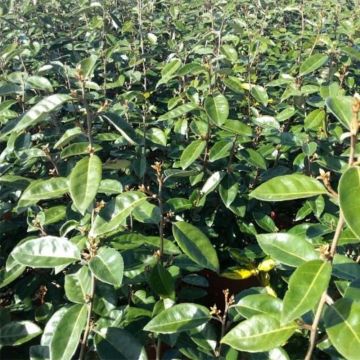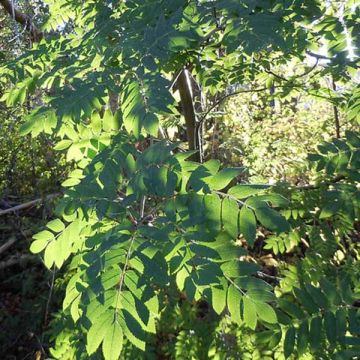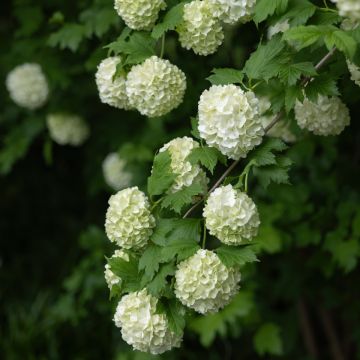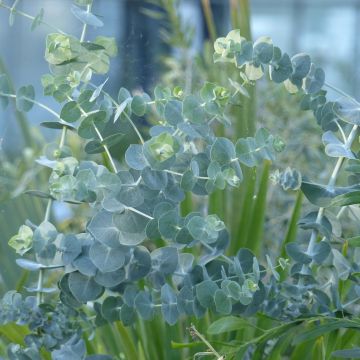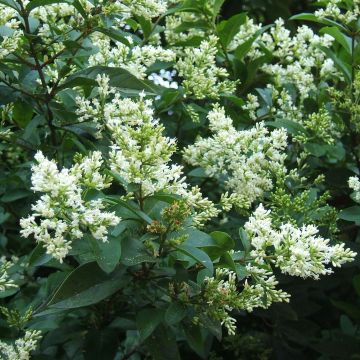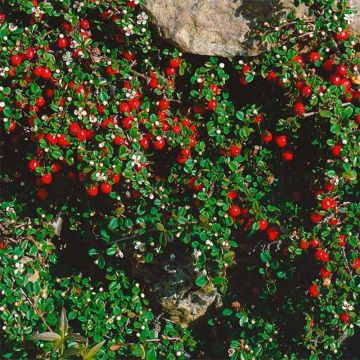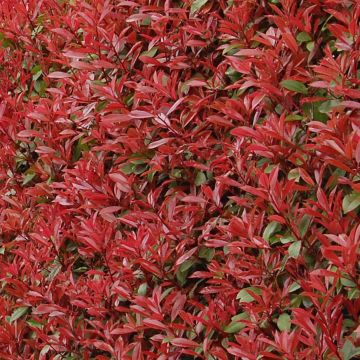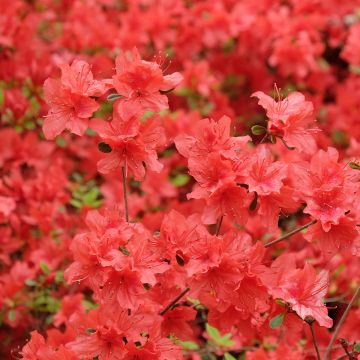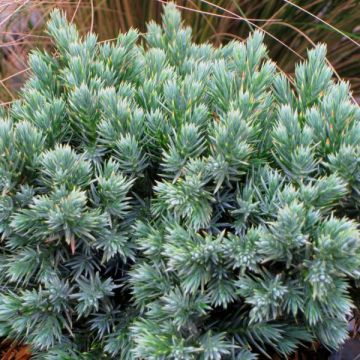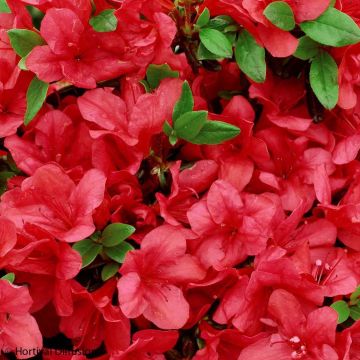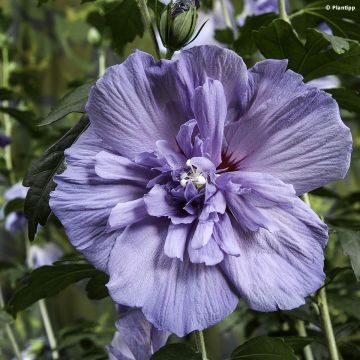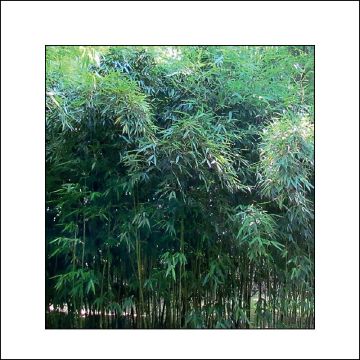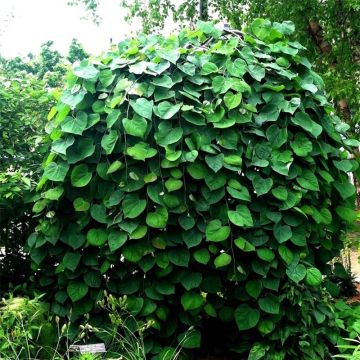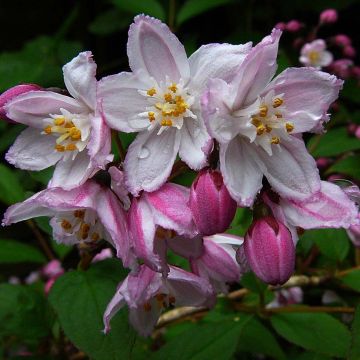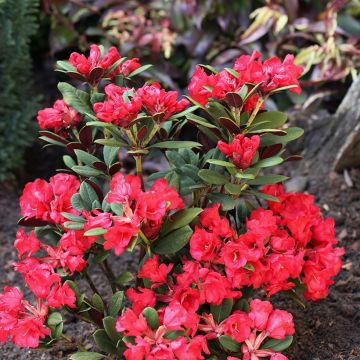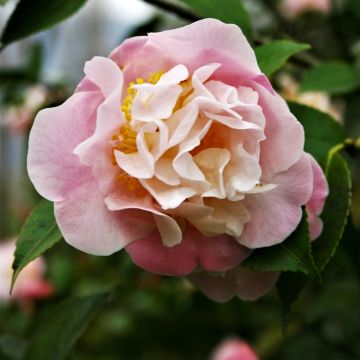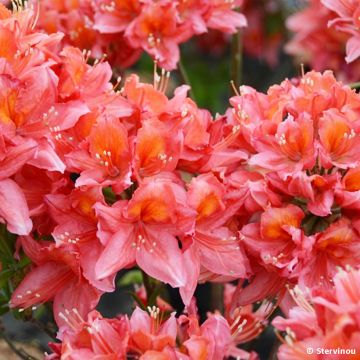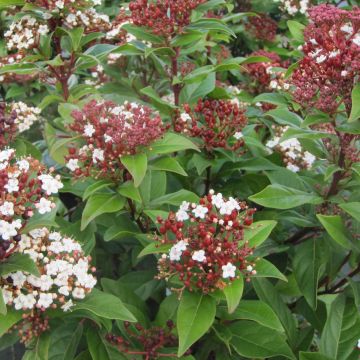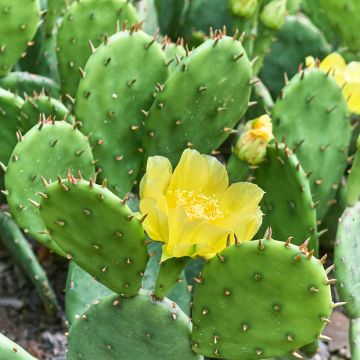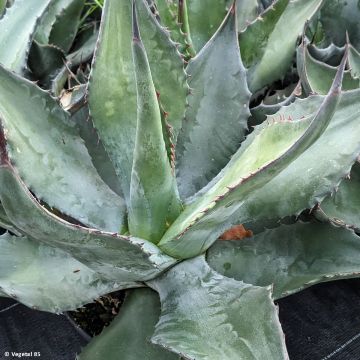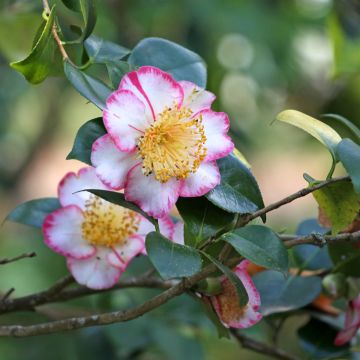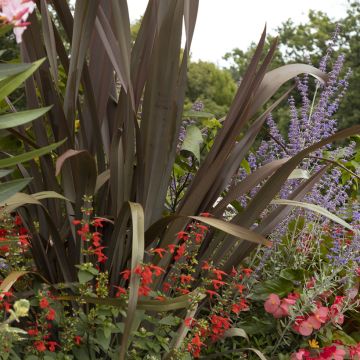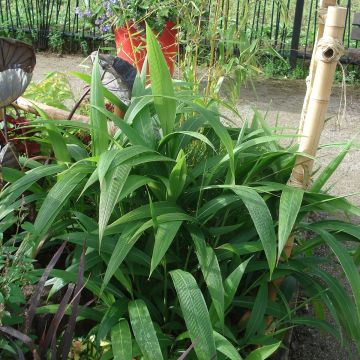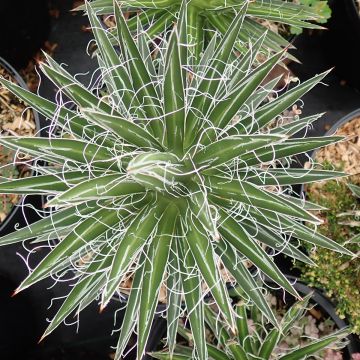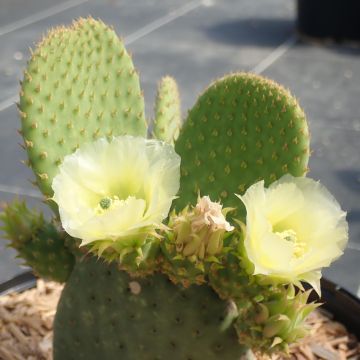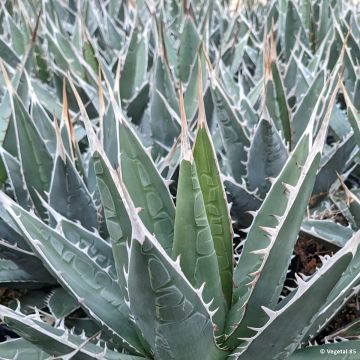Shipping country and language
Your country of residence may be:
Your country of residence is:
For a better user experience on our website, you can select:
Your shipping country:
-
Andorra
-
Austria
-
Belgium
-
Bulgaria
-
Canada
-
Chile
-
Croatia
-
Cyprus
-
Czechia
-
Denmark
-
Estonia
-
Finland
-
France
-
Germany
-
Greece
-
Hungary
-
Iceland
-
Ireland
-
Italy
-
Latvia
-
Lithuania
-
Luxembourg
-
Malta
-
Monaco
-
Netherlands
-
Poland
-
Portugal
-
Romania
-
Slovakia
-
Slovenia
-
Spain
-
Sweden
-
Switzerland
-
United Kingdom
We only deliver seed and bulb products to your country. If you add other products to your basket, they cannot be shipped.
Language:
-
French
-
German
-
Spanish
-
English
-
Italian
My Account
Hello
My wish lists
Log in / Register
Existing customer?
New customer?
Create an account to track your orders, access our customer service and, if you wish, make the most of our upcoming offers.
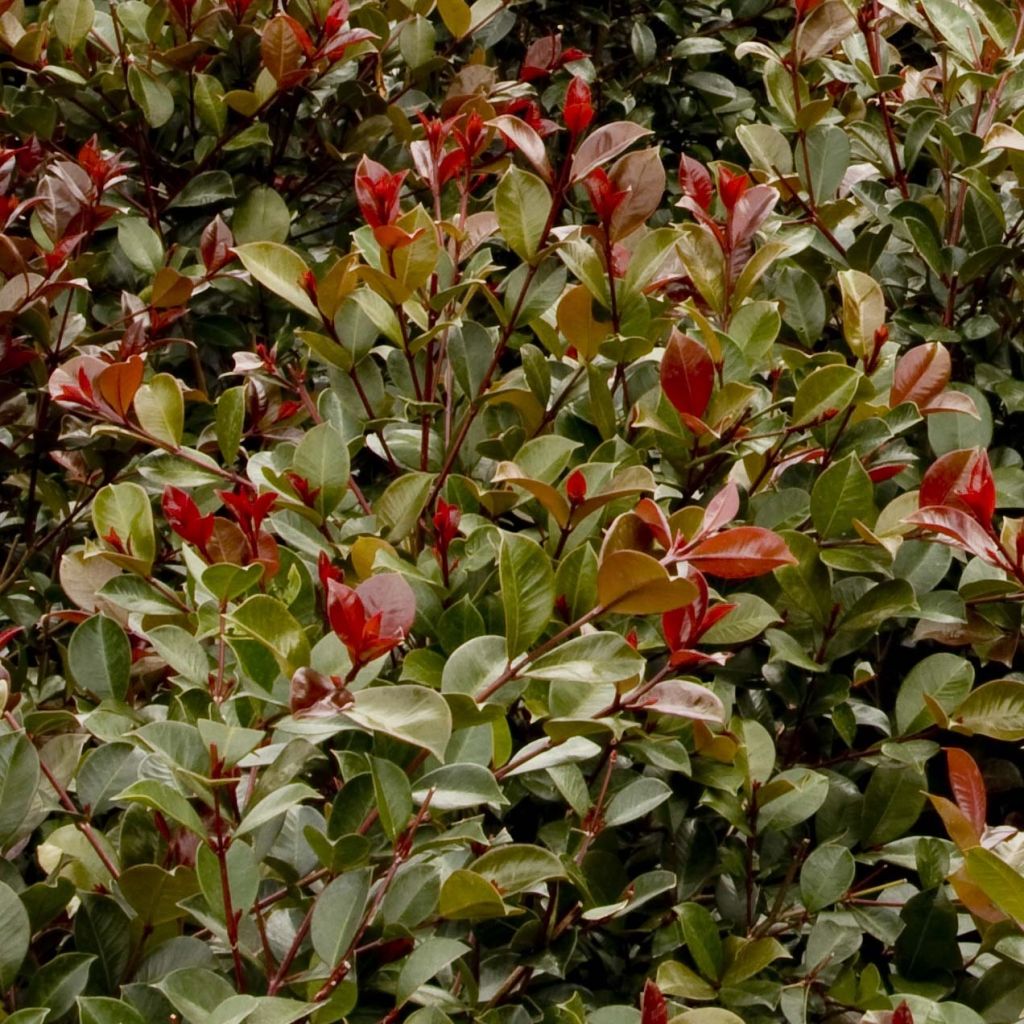

Syzygium australe Big Red
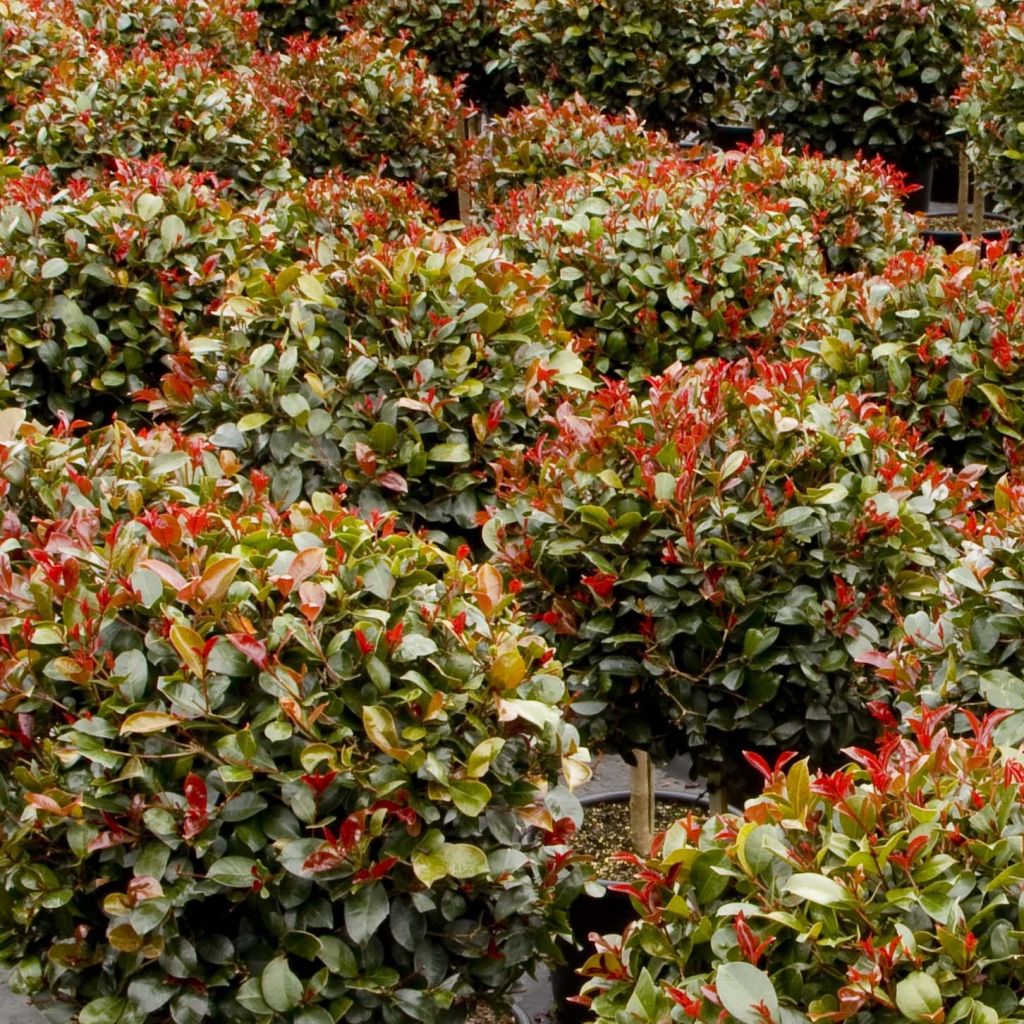

Syzygium australe Big Red
Syzygium australe Big Red
Syzygium australe Big Red
Very beautiful young plant, in accordance with the description.
Dim, 11/04/2022
Why not try an alternative variety in stock?
View all →Order in the next for dispatch today!
Dispatch by letter from €3.90.
Delivery charge from €5.90 Oversize package delivery charge from €6.90.
More information
This item is not available in your country.
Schedule delivery date,
and select date in basket
This plant carries a 24 months recovery warranty
More information
We guarantee the quality of our plants for a full growing cycle, and will replace at our expense any plant that fails to recover under normal climatic and planting conditions.
From €5.90 for pickup delivery and €6.90 for home delivery
Express home delivery from €8.90.
Does this plant fit my garden?
Set up your Plantfit profile →
Description
The Syzygium australe 'Big Red' is derived from an evergreen bush native to the tropical regions of eastern Australia. 'Big Red' is a new variety that is more compact and much more colorful than the species, making it an interesting subject for decorating the terrace or patio during the summer season. With a dense and bushy habit that is easy to maintain through pruning, it is decorative all year round. It offers successively red young shoots contrasting with the mature foliage of a dark green, white flowers powdered with stamens forming a beautiful mist on the plant, and then fruits of a bright, red-pink cherry. Its cultivation in the ground will be reserved for the mildest areas of Mediterranean and Atlantic coasts.
The Syzygium australe, from the Myrtaceae family, is widespread in the tropical forests that populate the coastal regions of Queensland and New South Wales, as well as north of Batemans Bay in Australia. In nature, it forms a true tree that can reach a height of 35 meters (115 feet), but its dimensions are much more modest in cultivation, even in its native Australia. It is a cousin of the clove tree, Syzygium aromaticum, famous for its dried flower buds with a unique fragrance.
The 'Big Red' cultivar (Crysyred), still little known in France, was recently obtained in Queensland. It is a small bush reaching about 1.50 metres (5 feet) in height and 1.20 metres (4 feet) in width. Its habit is bushy, dense, and its growth is moderately fast. The evergreen leaves are shiny, ovate, leathery, measuring about 4 cm (2in) long and 2 cm (1in) wide. They emerge with a bright red color and then become a shiny dark green, giving the vegetation a very decorative appearance in spring, as well as after each pruning, when new leaves are produced. The bush, self-fertile and nectar-producing, blooms generously in summer. The small white flowers, 1 cm (1in) wide, have prominent stamens. Gathered in clusters, they appear at the axil of the leaves and are followed in autumn by the formation of oval fruits, 2 cm (1in) long, fleshy, shiny, and a very bright pink-red when ripe. They are edible and consumed in Australia as jam or fresh. Their texture is crunchy and their flavor, slightly sour and slightly sweet, is refreshing.
Hardy to about -7°C, the Syzygium 'Big Red' is a beautiful conservatory plant in cold climates. In a greenhouse or conservatory, it will compose an extremely decorative quartet with an orange tree, a Yuzu, and a mimosa, evoking the gardens of the antipodes. In very mild climates, on the Atlantic coast or mediterranean, it can be used as a low hedge - it tolerates pruning well - or in a flower bed, or even in a well-sheltered orchard, among blueberries, raspberries, and the May Berry. It can also be accompanied by a sarcococca, abelias, dwarf rhododendrons in non-calcareous soil, or even red-flowered callistemons (Callistemon citrinus 'Splendens').
Report an error about the product description
Syzygium australe Big Red in pictures
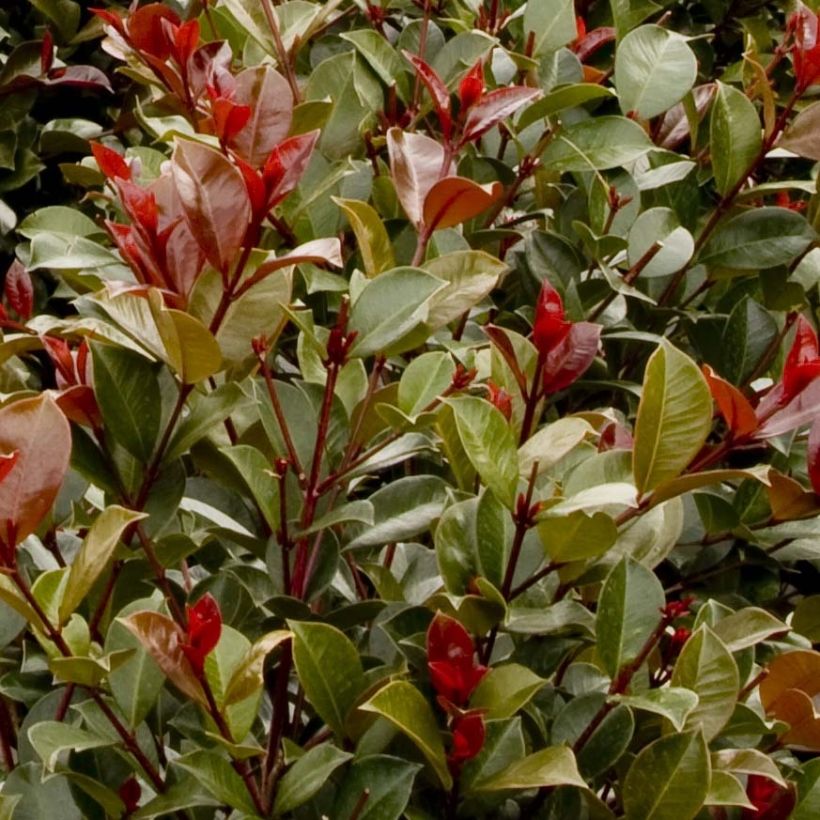

Plant habit
Flowering
Foliage
Botanical data
Syzygium
australe
Big Red
Myrtaceae
Cultivar or hybrid
Other Shrubs A to Z
Planting and care
The Syzygium Big Red will thrive in a loose, slightly acidic, neutral or even slightly calcareous soil, whether it is humiferous, slightly rocky or sandy, as long as it remains well-drained and moist, especially in summer. It tolerates salt spray well. Plant it in the ground in spring, in a very mild climate. It will thrive in full sun or partial shade, sheltered from cold winds. Under these conditions, it is hardy down to -7°C, for a short period of time. Surround it with a winter protection veil in colder regions, and insulate it from the cold as much as possible. Place it in the warmest corner of the garden, in full sun against a south-facing wall. However, in regions further away from the sea, it will be necessary to cultivate it in a large pot and store it indoors during winter, in a bright but unheated room. To shape it, you can prune the stems in March-April or after flowering to encourage the plant to branch out. This bush tolerates pruning well.
Cultivating in pots:
Ensure good drainage at the bottom of the pot, which should be of large volume. Use a lightweight substrate, enriched with leaf compost, and apply a slow-release fertilizer in late winter and autumn. Water generously in summer, allowing the soil to dry out slightly between waterings. The more you water, the more your bush will flower and bear fruit. This self-fertile variety does not require the presence of another subject nearby to bear fruit.
Planting period
Intended location
Care
-
, onOrder confirmed
Reply from on Promesse de fleurs
Evergreen shrubs
Haven't found what you were looking for?
Hardiness is the lowest winter temperature a plant can endure without suffering serious damage or even dying. However, hardiness is affected by location (a sheltered area, such as a patio), protection (winter cover) and soil type (hardiness is improved by well-drained soil).

Photo Sharing Terms & Conditions
In order to encourage gardeners to interact and share their experiences, Promesse de fleurs offers various media enabling content to be uploaded onto its Site - in particular via the ‘Photo sharing’ module.
The User agrees to refrain from:
- Posting any content that is illegal, prejudicial, insulting, racist, inciteful to hatred, revisionist, contrary to public decency, that infringes on privacy or on the privacy rights of third parties, in particular the publicity rights of persons and goods, intellectual property rights, or the right to privacy.
- Submitting content on behalf of a third party;
- Impersonate the identity of a third party and/or publish any personal information about a third party;
In general, the User undertakes to refrain from any unethical behaviour.
All Content (in particular text, comments, files, images, photos, videos, creative works, etc.), which may be subject to property or intellectual property rights, image or other private rights, shall remain the property of the User, subject to the limited rights granted by the terms of the licence granted by Promesse de fleurs as stated below. Users are at liberty to publish or not to publish such Content on the Site, notably via the ‘Photo Sharing’ facility, and accept that this Content shall be made public and freely accessible, notably on the Internet.
Users further acknowledge, undertake to have ,and guarantee that they hold all necessary rights and permissions to publish such material on the Site, in particular with regard to the legislation in force pertaining to any privacy, property, intellectual property, image, or contractual rights, or rights of any other nature. By publishing such Content on the Site, Users acknowledge accepting full liability as publishers of the Content within the meaning of the law, and grant Promesse de fleurs, free of charge, an inclusive, worldwide licence for the said Content for the entire duration of its publication, including all reproduction, representation, up/downloading, displaying, performing, transmission, and storage rights.
Users also grant permission for their name to be linked to the Content and accept that this link may not always be made available.
By engaging in posting material, Users consent to their Content becoming automatically accessible on the Internet, in particular on other sites and/or blogs and/or web pages of the Promesse de fleurs site, including in particular social pages and the Promesse de fleurs catalogue.
Users may secure the removal of entrusted content free of charge by issuing a simple request via our contact form.
The flowering period indicated on our website applies to countries and regions located in USDA zone 8 (France, the United Kingdom, Ireland, the Netherlands, etc.)
It will vary according to where you live:
- In zones 9 to 10 (Italy, Spain, Greece, etc.), flowering will occur about 2 to 4 weeks earlier.
- In zones 6 to 7 (Germany, Poland, Slovenia, and lower mountainous regions), flowering will be delayed by 2 to 3 weeks.
- In zone 5 (Central Europe, Scandinavia), blooming will be delayed by 3 to 5 weeks.
In temperate climates, pruning of spring-flowering shrubs (forsythia, spireas, etc.) should be done just after flowering.
Pruning of summer-flowering shrubs (Indian Lilac, Perovskia, etc.) can be done in winter or spring.
In cold regions as well as with frost-sensitive plants, avoid pruning too early when severe frosts may still occur.
The planting period indicated on our website applies to countries and regions located in USDA zone 8 (France, United Kingdom, Ireland, Netherlands).
It will vary according to where you live:
- In Mediterranean zones (Marseille, Madrid, Milan, etc.), autumn and winter are the best planting periods.
- In continental zones (Strasbourg, Munich, Vienna, etc.), delay planting by 2 to 3 weeks in spring and bring it forward by 2 to 4 weeks in autumn.
- In mountainous regions (the Alps, Pyrenees, Carpathians, etc.), it is best to plant in late spring (May-June) or late summer (August-September).
The harvesting period indicated on our website applies to countries and regions in USDA zone 8 (France, England, Ireland, the Netherlands).
In colder areas (Scandinavia, Poland, Austria...) fruit and vegetable harvests are likely to be delayed by 3-4 weeks.
In warmer areas (Italy, Spain, Greece, etc.), harvesting will probably take place earlier, depending on weather conditions.
The sowing periods indicated on our website apply to countries and regions within USDA Zone 8 (France, UK, Ireland, Netherlands).
In colder areas (Scandinavia, Poland, Austria...), delay any outdoor sowing by 3-4 weeks, or sow under glass.
In warmer climes (Italy, Spain, Greece, etc.), bring outdoor sowing forward by a few weeks.
